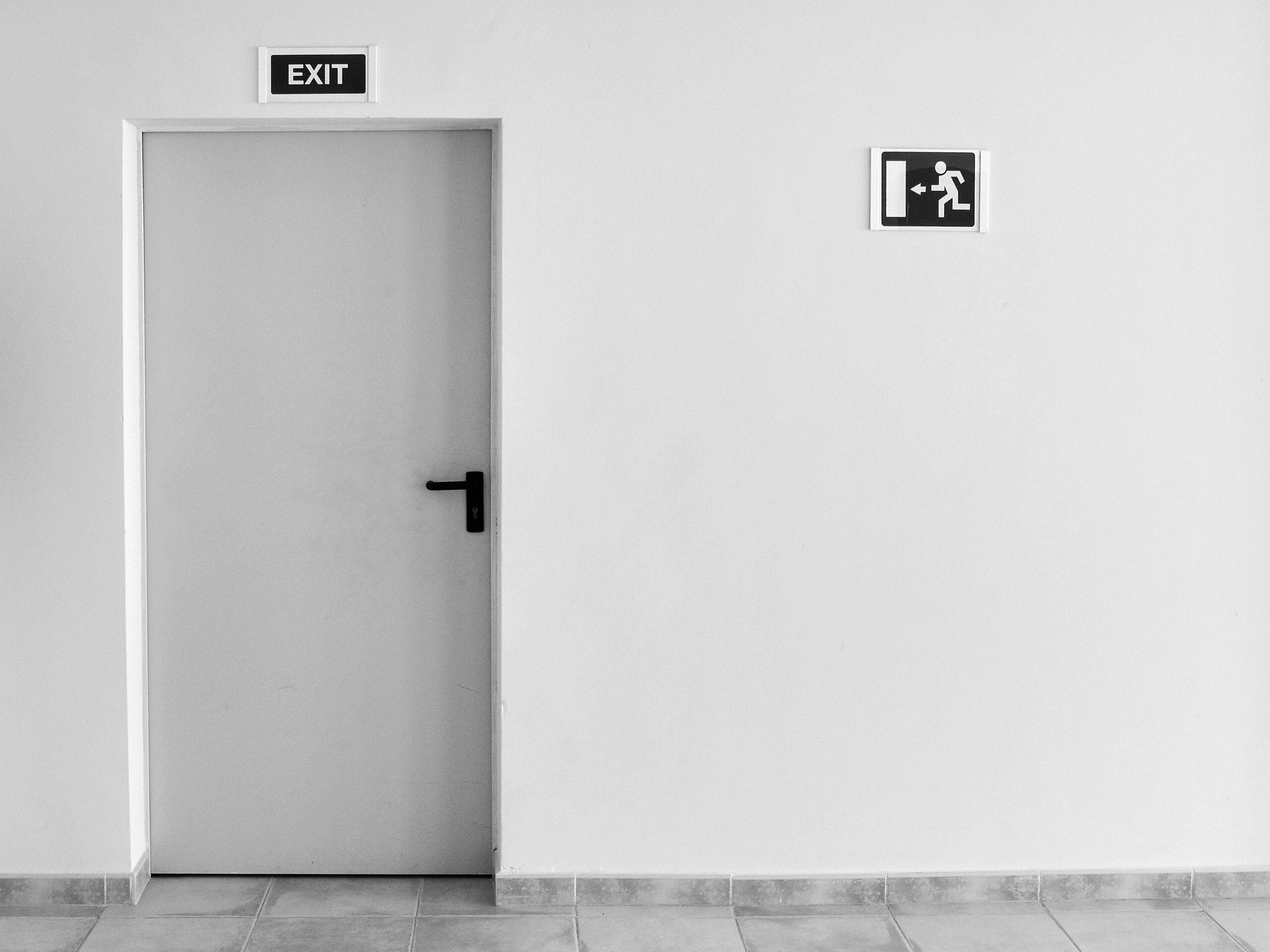Ask The Expert: School trust fined after pupil’s finger was amputated
Login
Your link will open in a new tab
If this has not happened, please click here

A building’s fire doors are often overlooked, yet they are crucial to a successful fire safety strategy. Fire doors help contain fire and smoke to the area of origin, keeping access routes, corridors and fire exits clear for longer to aid escape. In short, fire doors help save lives - so both regular fire door inspections carried out by qualified assessors and standard routine checks are essential.
The most common issues affecting the performance of fire doors are incorrect installation and/or doors falling into disrepair due to poor maintenance. We’ve put together a list of what you should look for during your regular fire door checks and what an official audit will cover.
There should be a label or plug on the top or side of the door to show it is a certificated fire door. If there isn’t a label or plug contact your landlord, or call us.
Check around the top and sides of the door to ensure the gaps are consistently less than 4mm when closed. You can invest in a fire door gap gauge but a good tip is to use a £1 coin to give an idea of scale; this is about 3mm thick. As a general guide, if you can see the light under the door, the gap is likely to be too big.
If your fire door has any signs of damage, it is likely that fire and smoke will be able to get through. Report it immediately and ensure the necessary remedial works are carried out as soon as possible.
There should be intumescent seals around the door. These seals are vital to the fire door’s performance as they expand when in contact with heat to ensure fire or smoke can’t move through any gaps. If any seals are missing or appear damaged, report it and ensure the necessary remedial works are carried out.
All fire doors should have at least three hinges to minimise the risk of warping; these should be firmly fixed with no missing or broken screws. If there are fewer than three hinges, or if any screws are broken or missing, then remedial work is required.
To test this, open the door halfway, let it go, and allow the door to close by itself. The door should close smoothly and fully, without sticking to the frame.
During a fire door audit, a competent and certified inspector will visit your site to undertake a full audit of all fire doors within the premises to check they are compliant.
The entire door set and its integrity will be thoroughly assessed to ensure it will perform correctly in the event of a fire. A full report will then be presented, noting any inaccessible areas and detailing the condition of each door against a number of pre-determined criteria, along with detailed images of any problem areas or defects. All doors inspected will be given an asset number which will be highlighted on a floor plan of the building to aid with future inspections and corrective work. A schedule of any required remedial work will also be provided.
It is recommended that fire doors be fully audited every six months but, as always, a risk-based approach is recommended to ensure doors are being checked regularly enough in your premises. If the building users are considered vulnerable, include members of the public who are unfamiliar with the layout, or if you are carrying out high-risk activities, then all doors should be checked regularly on a round of internal inspections.
For all your fire door needs, reach out to risksolutions@skaltd.co.uk to speak with a member of the team.
If this has not happened, please click here